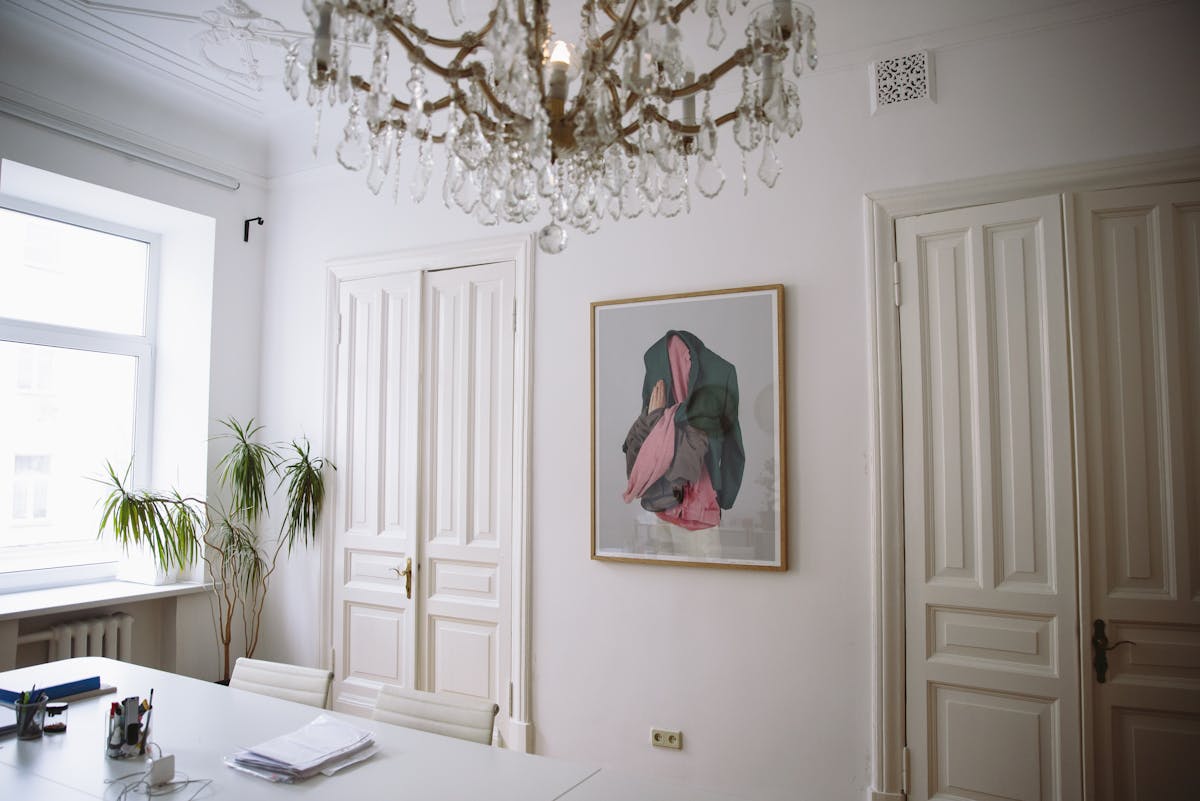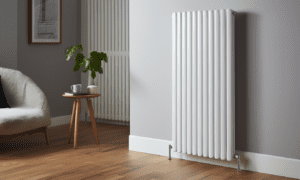Hidden barn door hardware has become a preferred choice in modern interior design, offering a balance of style, functionality, and space efficiency. Unlike traditional hidden barn door hardware systems where the track and brackets remain visible, hidden barn door hardware conceals these components, allowing the door itself to take center stage. This design approach creates a clean and streamlined look that aligns with the principles of contemporary and minimalist aesthetics. Whether in residential or commercial settings, hidden hardware brings a polished feel to spaces while maintaining the practical benefits of sliding doors.
The Concept of Hidden Barn Door Hardware
The main difference between traditional and hidden barn door hardware lies in the way the track and mounting mechanisms are integrated into the design. In hidden systems, the track may be recessed into the wall, ceiling, or a specially designed cover, making it invisible or barely noticeable. The brackets and rollers are also concealed, giving the impression that the door is floating or gliding effortlessly along the wall. This not only enhances visual appeal but also contributes to a more refined, high-end look.
Aesthetic Advantages
One of the most notable benefits of hidden barn door hardware is its ability to create an uncluttered appearance. In many interiors, especially those with minimalist or modern themes, every visual element matters. Exposed hardware, while sometimes appealing in rustic or industrial designs, can disrupt the smooth lines of a contemporary space. Concealing these elements allows the focus to remain solely on the door panel and the surrounding decor.
This approach works particularly well in high-visibility areas such as living rooms, offices, and reception spaces. It gives an impression of intentional design rather than a functional necessity, turning the door into a seamless extension of the wall or partition.
- Key Elements Of Successful Dental Clinic Interior Design
- Why Interior Designers Are Shifting Towards Plaster Light Installations
Space-Saving Design Benefits
Barn doors in general are celebrated for their ability to save space compared to hinged doors. Hidden barn door hardware builds on this advantage by providing an even sleeker installation. The concealed track system often requires less projection from the wall, making it ideal for tight spaces where every inch counts.
This can be especially valuable in apartments, small offices, or commercial environments where maximizing usable floor space is critical. Since the track system is less bulky, designers have greater flexibility in arranging furniture and decor near the door opening.
Versatility in Interior Styles
While hidden barn door hardware naturally fits into modern and minimalist designs, its adaptability should not be overlooked. It works just as well in transitional interiors, where contemporary elements blend with traditional touches. A wood-paneled barn door with concealed hardware, for instance, can complement both rustic and modern environments.
Moreover, hidden systems allow for creative material and color choices without the visual interruption of exposed components. Designers can explore glass, metal, or textured surfaces without worrying about matching the look of the hardware.
Improved Safety and Maintenance
Concealed hardware also offers practical advantages in terms of safety. With fewer exposed moving parts, the risk of accidents—such as pinched fingers or snagged clothing—is reduced. This makes hidden barn door systems a safer option for households with children or pets.
From a maintenance standpoint, hidden hardware is less likely to accumulate dust, debris, or moisture compared to exposed mechanisms. This protection extends the lifespan of the components and ensures smoother, quieter operation over time.
Noise Reduction for Quiet Operation
A quieter door movement is another subtle yet important benefit of hidden barn door hardware. Many concealed systems are designed with advanced gliding mechanisms and dampening technology, which minimize sound when the door is opened or closed. This is particularly valuable in shared spaces such as bedrooms, conference rooms, or open-plan offices, where noise control contributes to comfort and productivity.
Customization Opportunities
Since the hardware is out of sight, the design emphasis shifts entirely to the door itself. This opens the door—literally and figuratively—to endless customization possibilities. Homeowners and designers can experiment with:
- Materials: Wood, glass, composite, or metal surfaces
- Finishes: Stains, paints, laminates, or natural textures
- Patterns: Horizontal or vertical planks, paneling, or inlays
- Colors: Bold statements or subtle blends with wall tones
The absence of visible hardware also means the door design won’t be visually tied to a specific style of track or bracket, making it easier to refresh the space without replacing the sliding system.
Applications in Residential Spaces
In homes, hidden barn door hardware can be used in a variety of ways to enhance both style and function. Common residential applications include:
- Living rooms: As sleek dividers between open-plan areas
- Bedrooms: For walk-in closets or ensuite bathrooms
- Kitchens: To conceal pantries without swinging doors taking up space
- Home offices: For a clean, professional appearance in multipurpose rooms
By eliminating visible track components, these applications blend more naturally with surrounding furnishings, making the design feel integrated rather than added on.
Applications in Commercial and Public Spaces
The appeal of hidden barn door hardware is not limited to private residences. In commercial environments, it serves as a stylish yet functional solution for:
- Conference rooms: Creating privacy without bulky walls
- Retail stores: Concealing stock areas while maintaining a sleek showroom look
- Hotels: Offering modern, space-saving doors in guest rooms and suites
- Restaurants: Providing flexible partitions in dining spaces
In these contexts, hidden hardware supports a professional, polished image that aligns with brand aesthetics and customer expectations.
Considerations Before Installation
While hidden barn door hardware offers numerous benefits, it is important to consider a few practical points before installation:
- Structural support: Concealed systems may require reinforcement in the wall or ceiling to handle the weight of the door.
- Clearance space: Ensure there is enough wall space for the door to slide open fully.
- Door weight and size: Not all hidden hardware is suited for oversized or extremely heavy doors.
- Professional installation: Precision is key to achieving the smooth and quiet operation associated with hidden systems.
Conclusion
Hidden barn door hardware offers a unique combination of sleek design, space efficiency, and practical advantages that make it an attractive choice for both residential and commercial projects. By concealing the track and mounting elements, it allows the door to become a seamless part of the room’s design, free from visual distractions.
From enhancing modern minimalist spaces to adding subtle elegance to transitional interiors, hidden barn door hardware delivers on both form and function. It not only contributes to a clean, streamlined appearance but also improves safety, reduces maintenance, and offers greater customization potential. For designers, architects, and homeowners seeking a refined sliding door solution, hidden barn door hardware provides the perfect balance between style and performance—creating spaces that feel intentional, uncluttered, and effortlessly elegant.



































